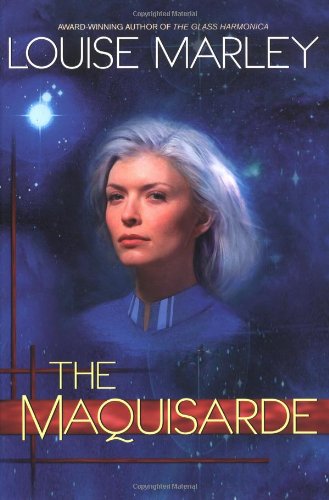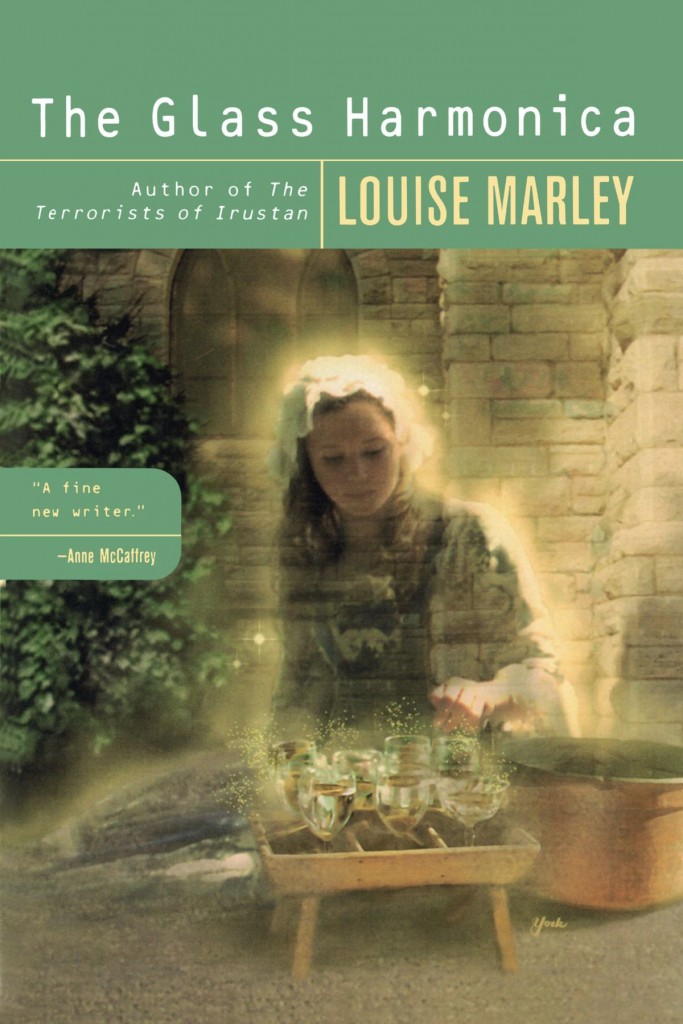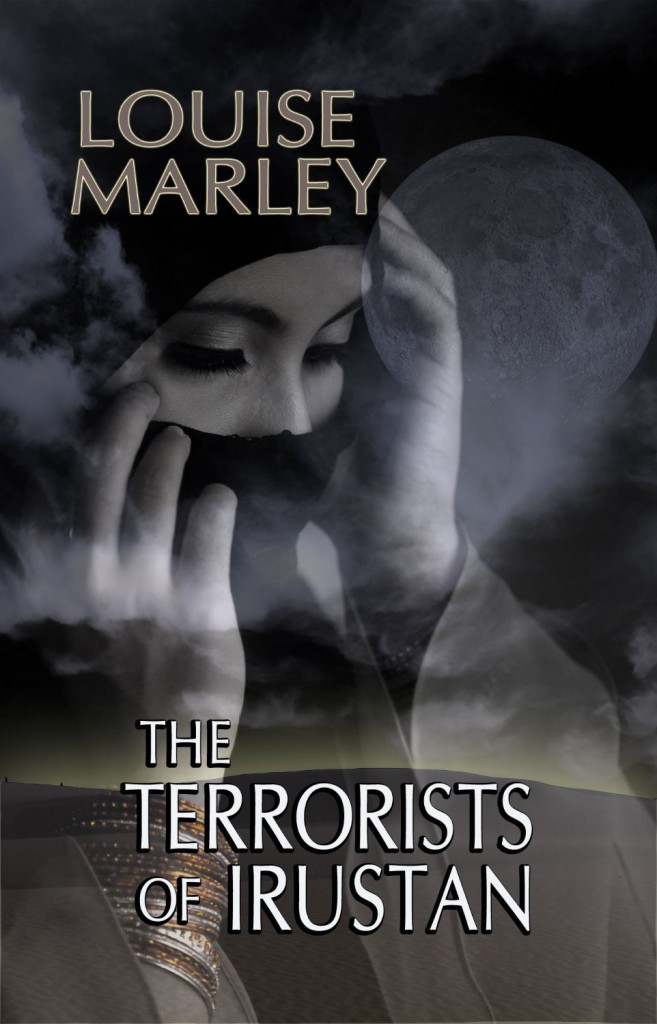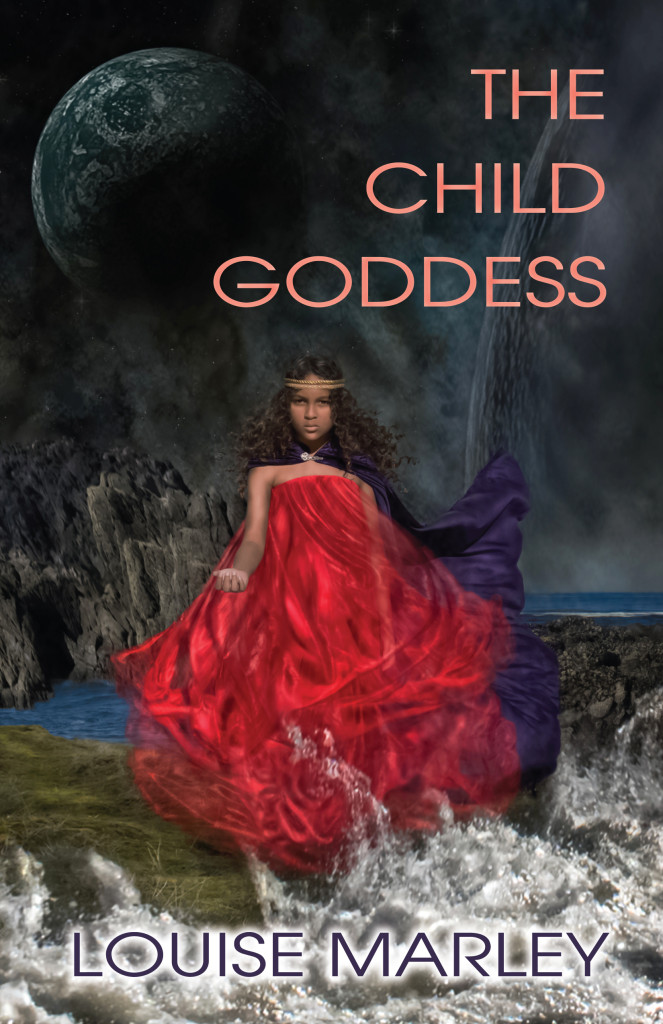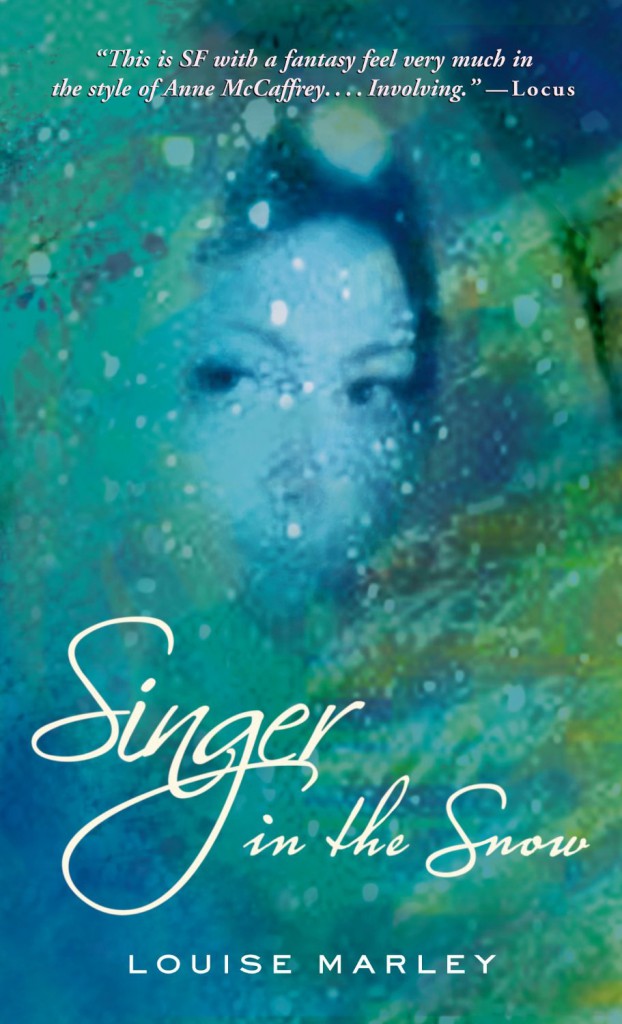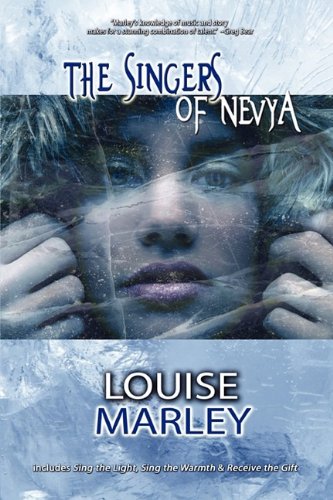The Maquisarde: Background and Other Interesting Notes
The French resistance fighters of World War II called themselves the maquis, after a hardy shrub native to the island of Corsica. A member of the maquis (ma-KEE) is called a maquisard (ma-kee-SAR.) If it’s a woman, and there were many, she’s called a maquisarde (ma-kee-SARD.)
This novel was inspired by the entrance into our community at St. James Cathedral of a precious baby girl, born in one of the provinces of China, and abandoned beside a road on the day of her birth, in January. It seems to me, and to my friend, her American mother, a miracle that Rachael is now happily growing up, and giving great joy to her mother and to all of us who know her. In the last ten years, there have been more than ten thousand such miracles in the United States, and three additional ones have occurred in my own immediate circle.
Rachael, the dedicatee of The Maquisarde, attended the inaugural event for the novel at Third Place Books in December. She’s only six, but so wise and warm! A gift to America, indeed.
Because the Chain has its home in space, I needed to learn how that might work. I always like young adult books for research, because of their clear, concise, and compact form. These were two of my favorites:
- Space Station Science, life in free fall by Marianne J. Dyson
- To Space and Back by Sally Ride, with Susan Okie
Because Ebriel Serique had to learn to fly a helicopter, I did too:
- How to Fly Helicopters by Larry Collier. There are lots of books on flying rotary aircraft, but this one’s clear and easy to read.
For The Maquisarde, I made my library get busy with interlibrary loans, and I’m grateful for them. These make it possible to study books you could never afford to buy, and that your local library system doesn’t have on its shelves. For example, I found a book on the flora and fauna of Tibet, on the peoples of northern China, and videos on the adoption of Chinese babies in America, who are overwhelmingly female. I also made extensive use of the Harper Collins Atlas of the World.

